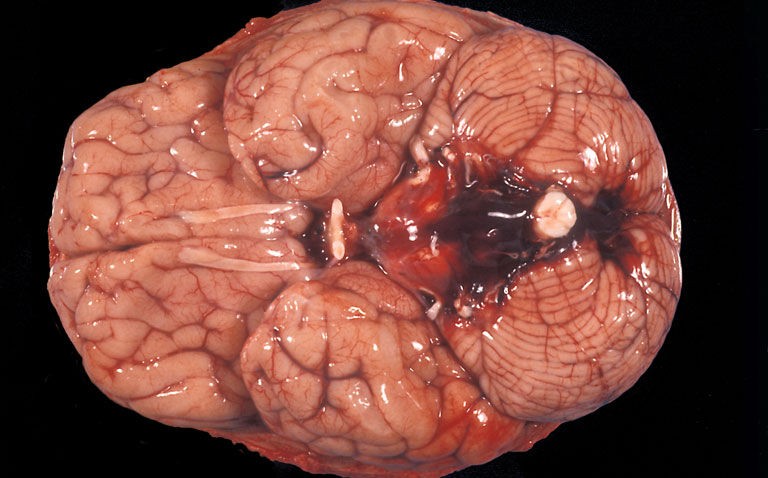Early computed tomography is able to rule out a subarachnoid haemorrhage in the majority of ED patients with sudden onset severe headache
Early computed tomography (ECT) is probably the best approach to ruling out a subarachnoid haemorrhage (SAH) in most patients who present at an emergency department (ED) with a sudden onset, severe headache. This was the conclusion of a systematic review by a team from the Centre for Reviews and Dissemination, University of York, York, UK.
A headache is one of the most common neurological symptoms and in one emergency department study, a primary headache disorder was diagnosed in 45.3% of patients (chiefly migraine) whereas life-threatening secondary headaches accounted for less than 2% of cases.
Life-threatening secondary headache causes include SAH. The initial assessment of patients can be undertaken with an early computed tomography (ECT) scan, within 6 hours, which has been found to be extremely sensitive in ruling out aneurysmal SAH. However, other methods including lumbar puncture and the Ottawa SAH rule can also be used.
For the present study, the UK researchers undertook a systematic review of the evidence on diagnostic strategies for neurologically intact patients who presented to an ED with a non-traumatic, sudden onset severe headache that reached its maximum intensity within 1 hour. They searched for studies which assessed any care pathway for ruling out SAH in patients presenting at an ED with a sudden onset severe headache.
Early computed tomography and SAH diagnosis
A total of 37 studies were included with 13 assessing the Ottawa SAH rule, 4 assessing ECT and others which examined the value of lumbar puncture as well as spectrophotometric cerebrospinal fluid analysis.
The Ottawa SAH rule had an extremely high sensitivity, 99.5% (95% CI 90.8 – 100%) but a low specificity, 24% (95% CI 15.5 – 34.4%). Thus, strict application of this rule would have a false positive rate of 76% leading to further tests.
For ECT, within 6 hours of the onset of a headache, the sensitivity was 98.7% and the specificity 100%. However, this sensitivity was reduced for a CT scan undertaken longer than 6 hours after the onset of a headache, with a pooled sensitivity of 94.1% (95% CI 91 – 96.2%) though the specificity remained at 100%.
Both lumbar puncture and CSF spectrophotometric analysis (both used after a negative CT scan) had a sensitivity of 100% and a specificity of 95%.
Commenting on these findings, the authors suggested that the Ottawa SAH rule does little to aid the clinical decision-making for patients with a sudden onset severe headache, due to the high level of false positives, prompting the need for further investigation with a CT and/or lumbar puncture, increasing both healthcare costs and greater rates of adverse effects and CT exposure for patients.
They concluded that assuming availability, ECT appears sufficient to rule out SAH in the vast majority of patients who present with sudden onset, severe headaches. While later CT scans are less sensitive, lumbar puncture is more likely to be of benefit to patients where the suspicion of SAH remains.
Citation
Walton M et al. Management of patients presenting to the emergency department with sudden onset severe headache: systematic review of diagnostic accuracy studies Emerg Med J 2022










